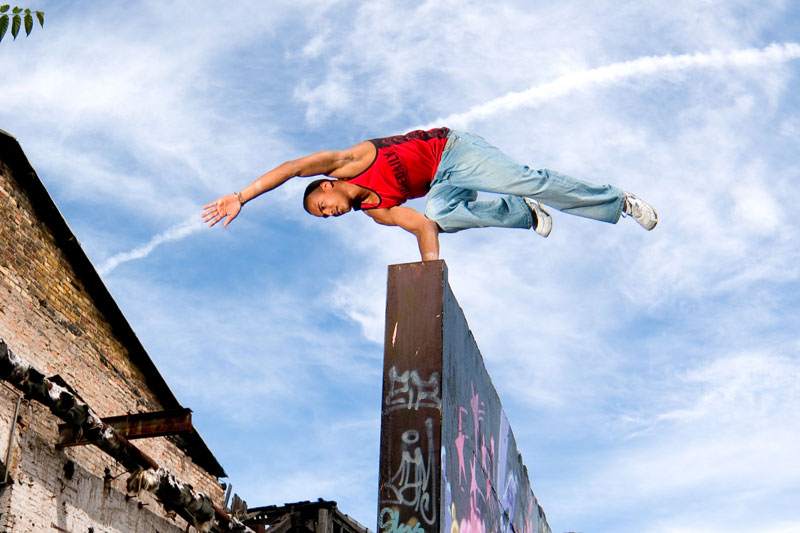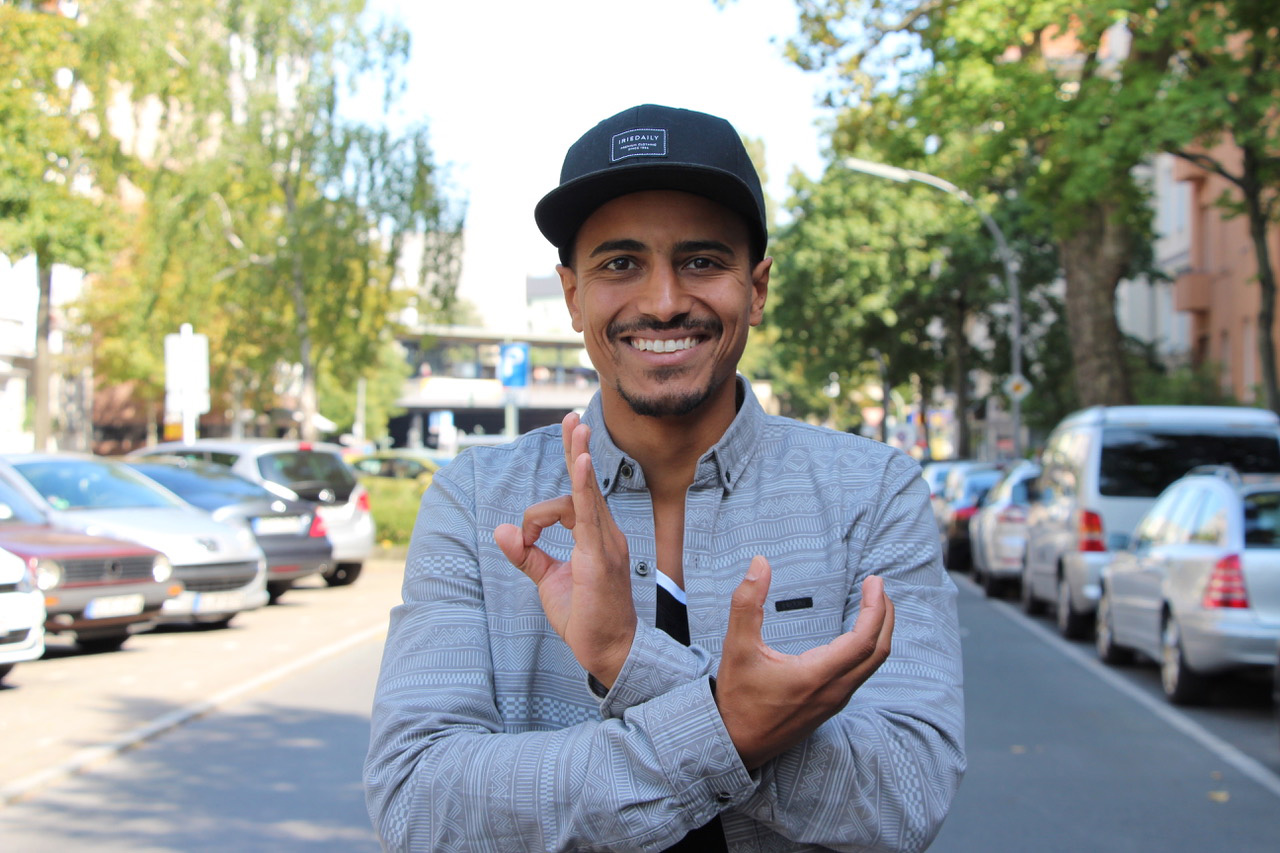The Artform that Clings to Power
Our conversation took place shortly after he had returned from Chemnitz. He was invited there to develop his own format for young choreographers “Made In Chemnitz,” with the local ballet company. Even the television cameras turned up. A film crew from the German ZDF interviewed Raphael Hillebrand as part of a moving tribute to him. In front of the cameras, the 38-year-old modestly stated that it was an award for all urban dancers. As well as one for all those with a different skin colour. In Chemnitz he came across a dance company “with very few people born in Germany who submit to the principle of white supremacy and who were truly astonished that I don’t yell out patriarchal calls to action or give orders.” After working at the Staatstheater Oldenburg, Chemnitz is his second experience with what he qualifies as “a strictly organised hierarchical artform that clings to power. Ballet means: subordinate yourself, for there’s something higher that is absolute and right.”
And yet, with that collective term urban dance, he understands the acting out of a deeply genuine social rage: “There’s so much pressure in there; it has to come out, there’s too much pressure in the lungs for far too few trumpets.”
Dialogic Movement
Raphael Hillebrand is gifted with verbal wit, his drive is infectious. Not only is he co-founder of the small hip-hop political party Die Urbane, he also wants to reconcile street dance, as is practised in Berlin youth cultural centres, with theatre. For years, he has sought to do this as an eloquent presenter through his “dialogic movement” format, building bridges between various urban dance forms and contemporary dance, after having created a springboard for himself with his studies at the Inter-University Centre for Dance in Berlin: with his splendidly danced, narrative solo works, as well as with his popular success Three Brothers, which was awarded the Best German Dance Solo in Leipzig in 2013. Inspired by his teacher, Niels “Storm” Robitzky, he has earned the respect of the contemporary dance scene, just as he has won the “Battle of the Year 2006” and the “2vs2” at the breakdance event IBE in Rotterdam some years ago. He has equally gained fame across the urban scene, for example, by confronting The Saxonz, a professional break-dance crew, with the Elbland Philharmonic Orchestra of Saxony in Dresden as an “urban dance theatre.”



